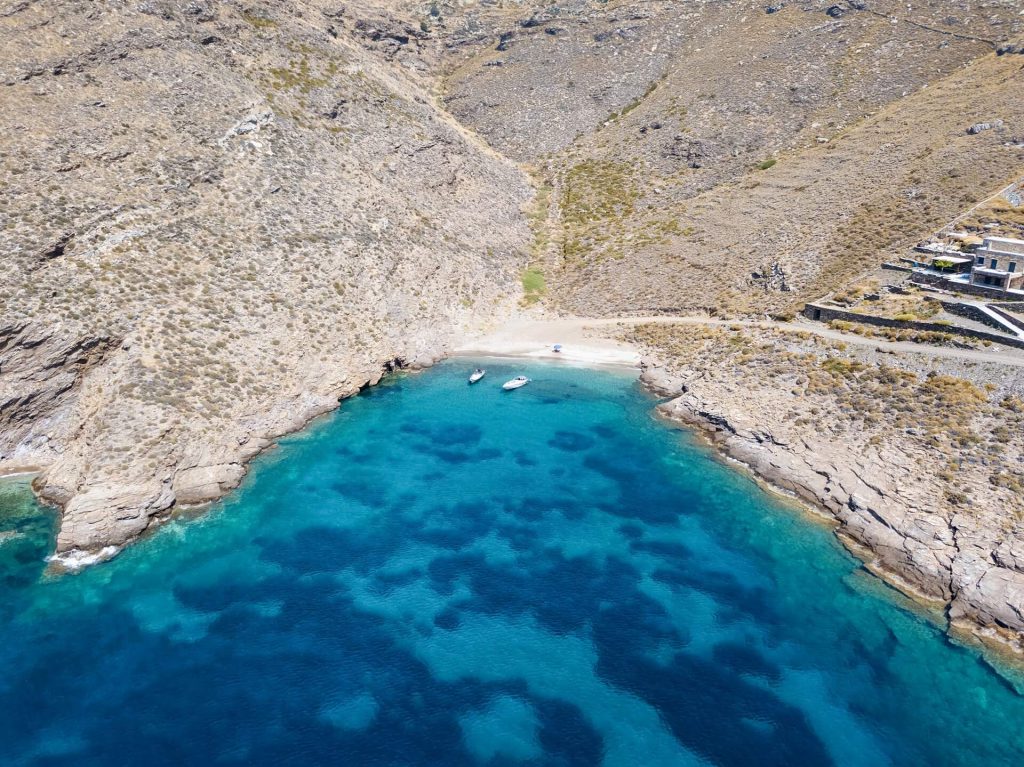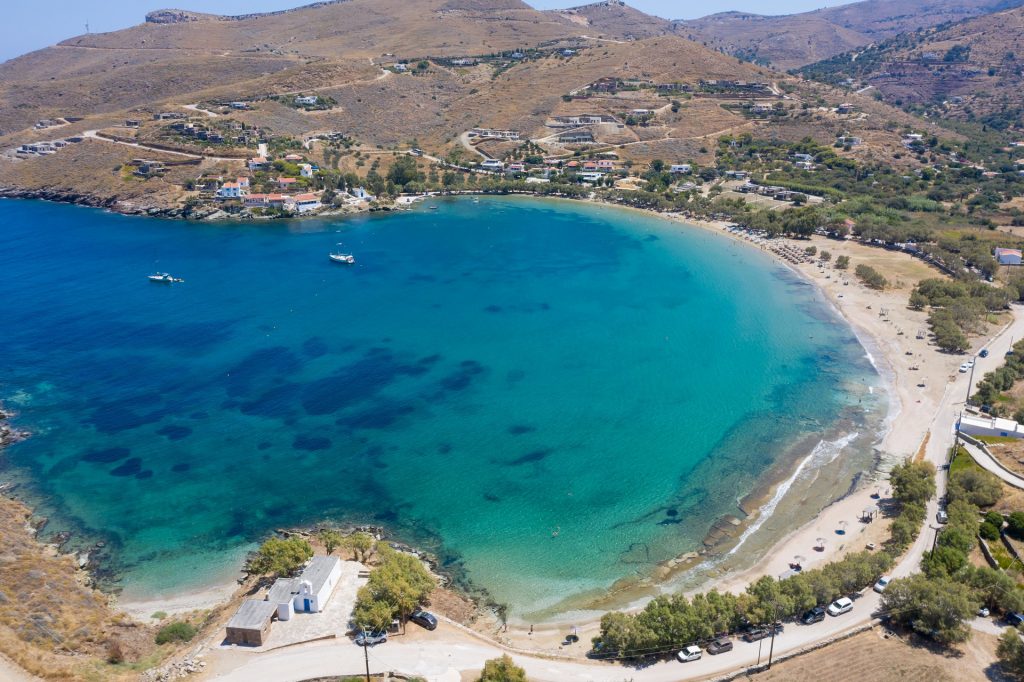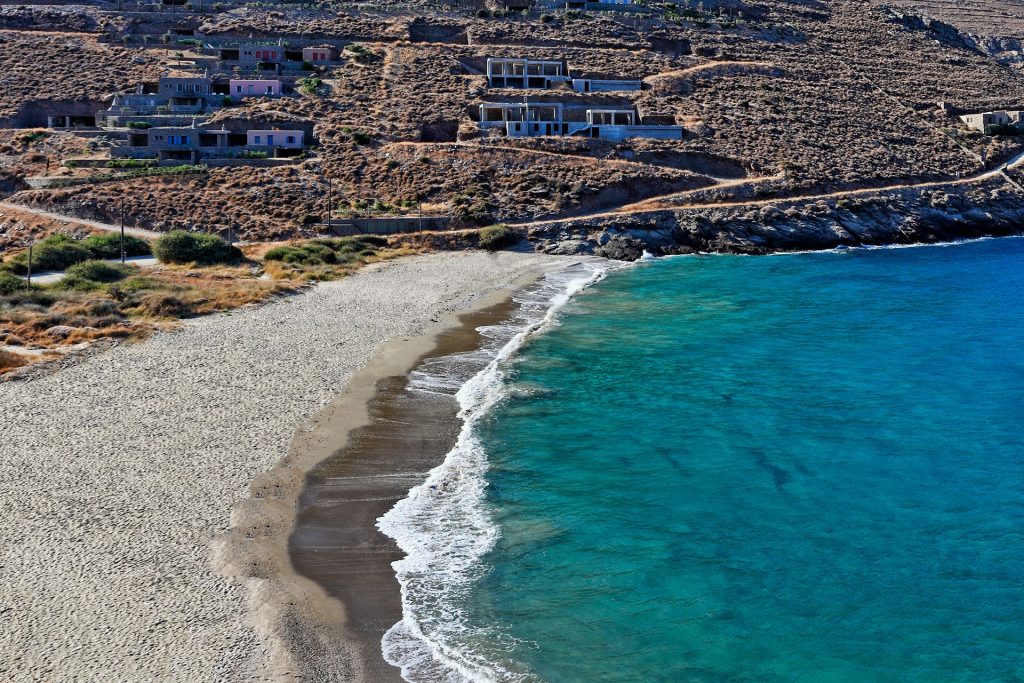About KEA

The Island
The island of Kea, also known as Tzia, is considered to be the “gateway to the Cyclades” because of its proximity to Attica. The drop-shaped island is famous for its unique geophysical beauty with a variety of small caves and a mine, so while it shares some of the most typical Cycladic characteristics, it still stands out due to its topography and dense inland vegetation. Similarly, although Kea has become a popular tourist destination, it has preserved its traditional character.
You can follow the 81 kilometres of hiking trails and dive between the numerous shipwrecks around the island, as Kea is said to be where the Greek fleet sank when returning from Troy. Or you can visit the past of Kea and its ancient city-states and blend in with the present in today’s villages. Whatever it is you’re searching, it’s in Kea you’ll find bliss.
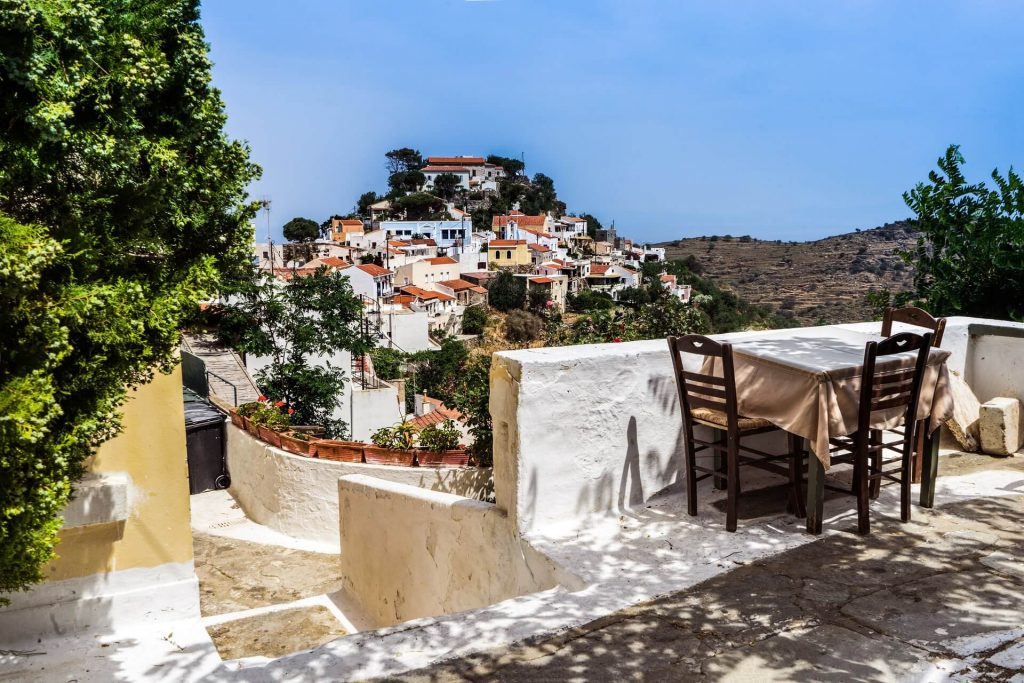

What to see
Ancient Ioulis (Chora)
One of the must-sees of the island, Ioulis is Kea’s Chora (capital village) since the Late Roman and Early Byzantine periods. Visit the 13th century medieval castle with built-in ancient material.
Korissia
Ancient Korissia is built upon two hills with great relics in Ano and Kato Acropolis, as well as the Aghia Triada church. The famous Kouros of Kea (530 BC), one of the most important archaic statues was found in its graveyard. Moreover, if you have time, we suggest you make a stop at Flea spring in Milopotamos.
Vourkari
An amphitheatric coastal village, with great sea view. It’s located near Korissia and has cosmopolitan character, as the dock is full of boats every summer, and all around you can experience Kea’s nightlife, famous fish tavernas, and galleries.
Koundouros
One of the most developped tourist villages of Kea, Koundouros is ideal for watersports fun. Also very interesting are the many restored windmills, which are now inhabited.
The Lion
Kea’s most iconic landmark, the Stone Lion, is an 8-meter long 6th-7th century BC sculpture, carved on solid schist rock. The lion is connected with many legends surrounding the drought that had affected the island in antiquity.
Karthaia
Karthaia is Kea’s most significant archaeological site, with findings that stretch back to the early Cycladic period, and a city with continuous history from the Geometric period to Late Antiquity. The site includes among others a fortified acropolis, two Doric temples, with one of them being the oldest known one in Cyclades, as well as the ancient stone theater. Many of the most important findings of the Karthaia excavations are exhibited in the Archaeological Museum in Ioulis.
The lighthouse of Aghios Nikolaos
The lighthouse of Aghios Nikolaos in Korissia was the first one to function in Cyclades (built in 1831 over the ruins of the Temple of Poseidon) and can be found next to the Aghios Nikolaos church, at the edge of the port in the natural gulf of Kea’s canal.
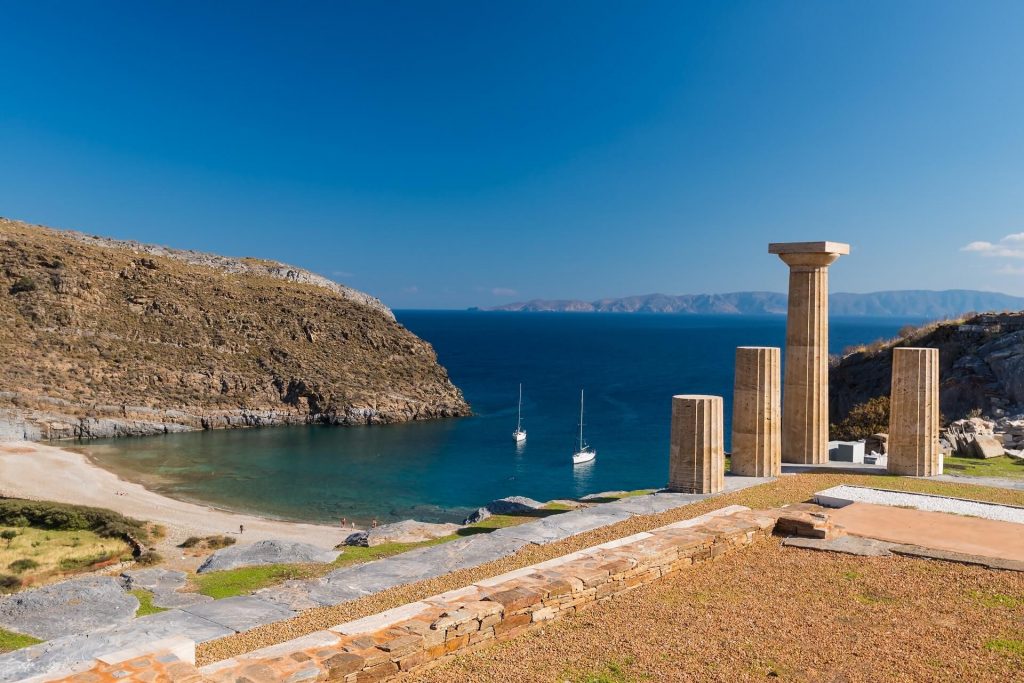
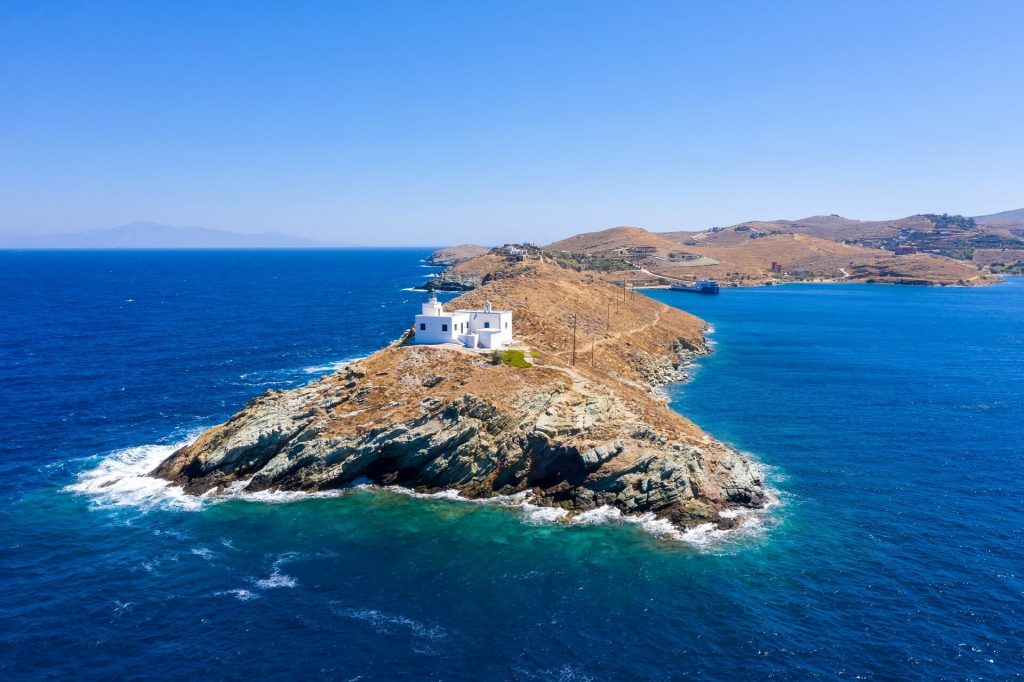
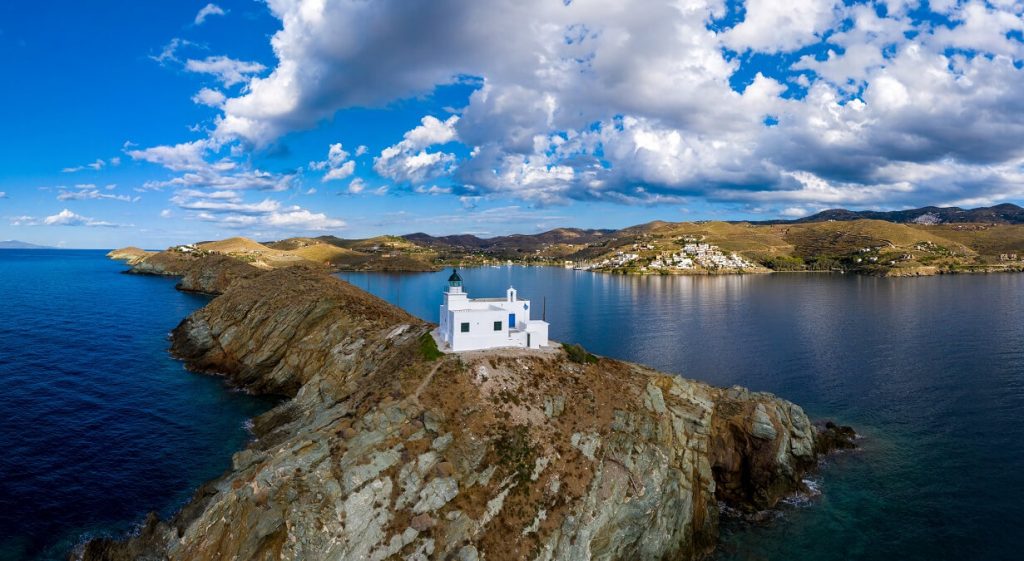
Beaches
Xyla
One of the island’s most popular beaches with golden sand, thin pebble and deep water. You can also find umbrellas and sunbeds.
Sykamia
A magical beach with crystal clear waters and big salt cedars that offer shade in the afternoon. You can access the beach via dirt road.
Pisses
Located next to the homonymous village, the beach is large & sandy, well-organised, with crystal clear waters near restaurants and mini markets.
Otzias
A bay protected from wind with clear waters, umbrellas, sunbeds and restaurants.
Spathi
A quiet sandy beach with cyan waters. You can access it via dirt road.
Koundouros
Kea’s most cosmopolitan beach is organised and also awarded with a “Blue Flag” by the National Tourism Organisation.
Gialiskari
A small and beautiful sandy beach full of life beneath the village of Gialiskari. Suitable for those who want to enjoy the sun, and those who want to relax under the shade of the trees. Anyway, everybody waits for the unforgettable sunset view.
Kampi
A beautiful and tranquil bay next to a small settlement, with turquoise waters, a few trees and a taverna.
